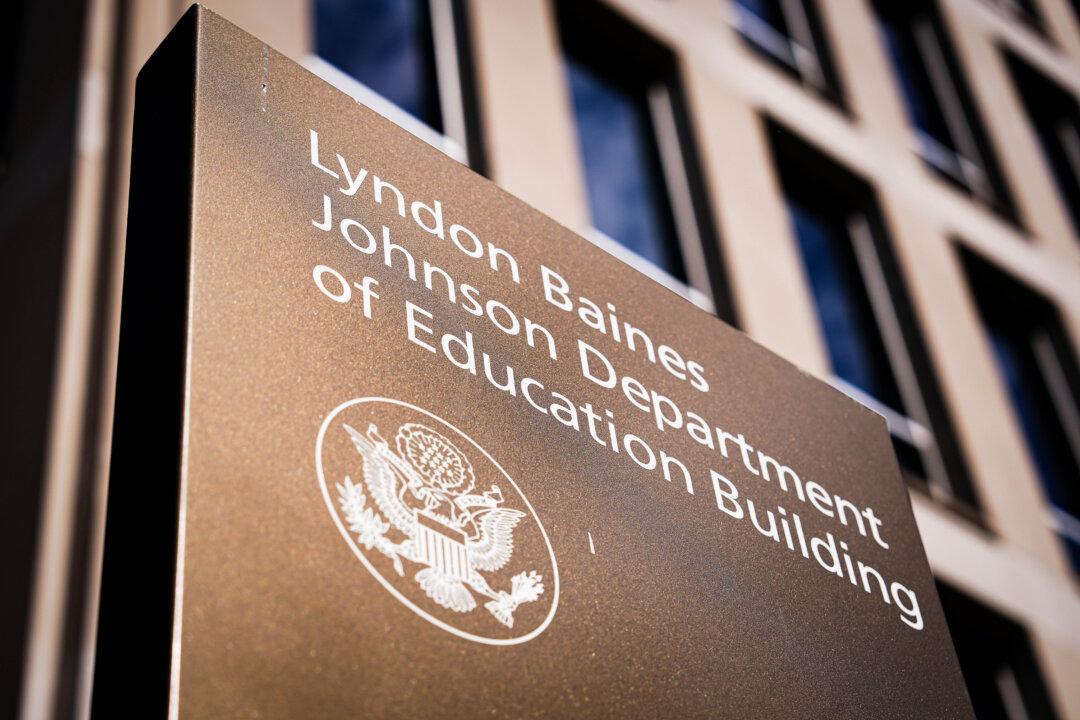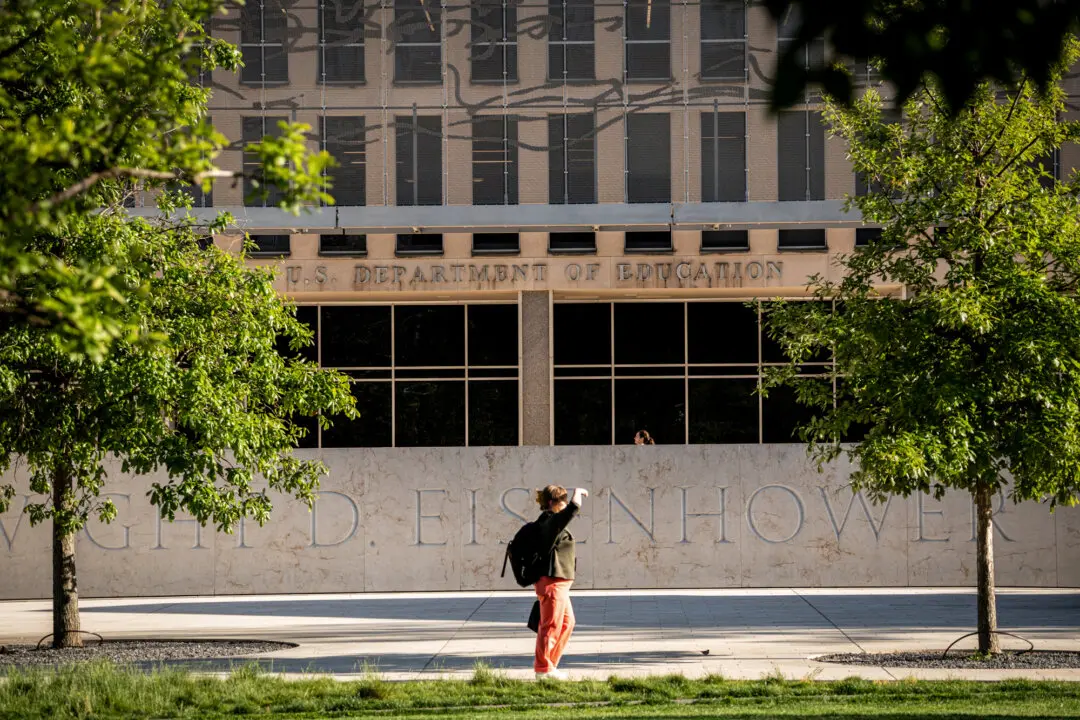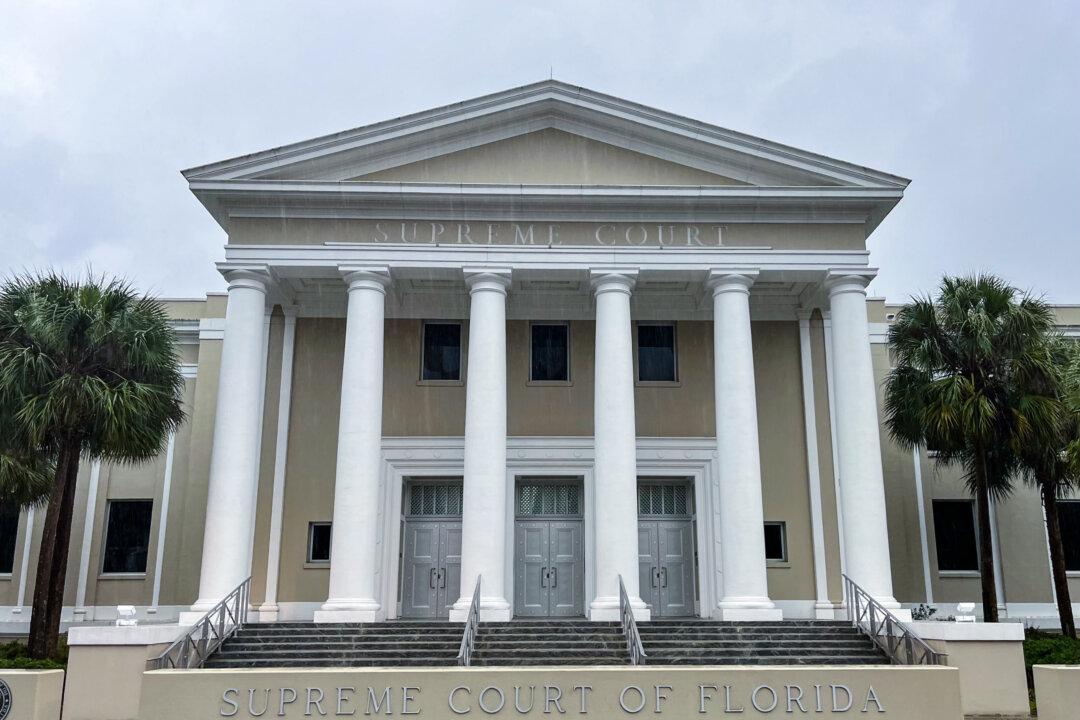The Biden administration on Friday published a state-by-state breakdown of the nearly 153,000 borrowers who will automatically have, collectively, their $1.2 billion in federal student loan debt wiped out.
For borrowers to be eligible for the latest round of student loan-debt cancellation, the borrowers must be enrolled in the new income-driven repayment (IDR) plan, dubbed SAVE; have been making repayments for at least 10 years; and have originally taken out $12,000 or less for college.





